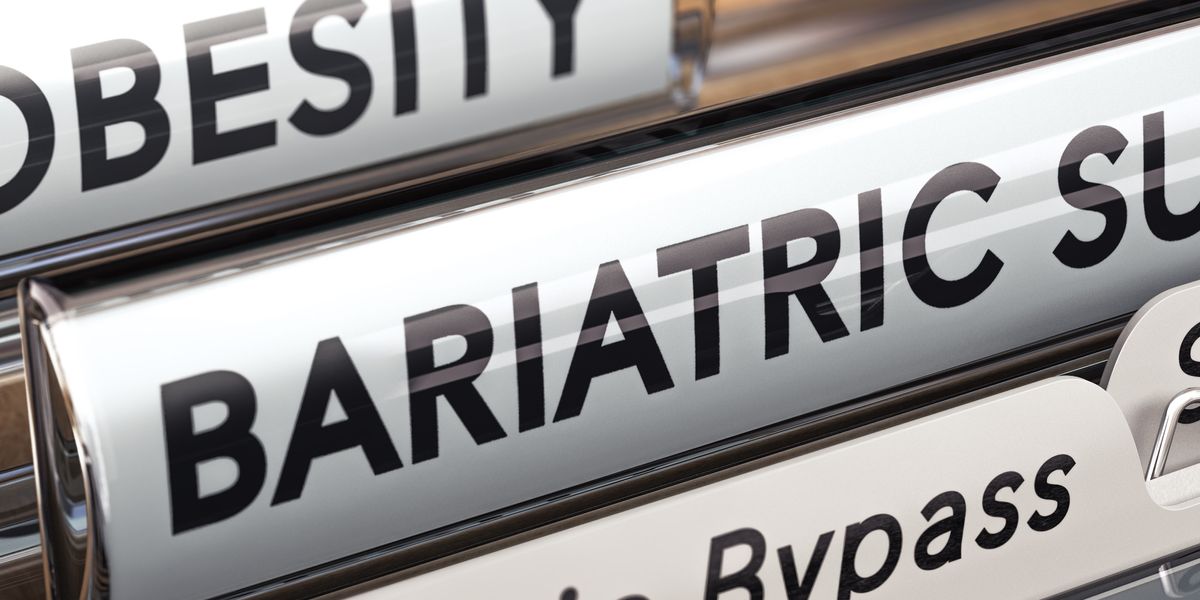Bariatric surgical procedures are a last resort option for weight loss in cases of obesity. A number of procedures are available, each with different properties and effectiveness.
Temporary solutions tend to be safer but their long term success is particularly reliant on the recipient’s ability to maintain strict discipline after the device has been removed.
Permanent solutions have been proved to be successful at achieving the aim, however, they are a dangerous option, cannot be reversed.
Gastric band (lap band) surgery
Gastric bands involve a having surgery to fit a silicon bracelet which sits near the top of the stomach, significantly restricting the amount of food that can be taken in.
The lap band works on the basis that people who receive it will be physically less able to eat as much or as quickly as they could before, and will also feel fuller after small meals. Modern gastric bands can be adjusted without the need for additional surgery.
Gastric bands can be very successful for patients who exercise good eating discipline. Some recipients have been known to ‘cheat’ the band by eating ice cream and chocolate which the band cannot restrict. A lap band is intended to be a permanent solution; however, it can be surgically removed if needed or if any complications, such as slipping of the band, develop.
Gastric bypass surgery
Gastric bypass surgery is a more extreme option than gastric banding because it is not reversible. The gastric bypass is made by not just restricting the top of the stomach, as in the gastric band, but shutting off the main part of the stomach.
To allow food to pass out and digestion to continue, a lower portion of the small intestine is reconnected to the top part of the stomach. The most common variant of the procedure is known as a Roux en-Y gastric bypass.
Similar to the gastric band, you won’t be able to eat as much or as quickly as before but the surgery is generally more effective as bypassing the main part of the stomach and the top of the small intestine means you’ll take in less calories from what you eat.
Because of this, it is also beneficial for blood sugar levels and can reduce the need for oral anti-diabetic medication
Whilst the procedure is more likely to be effective than the gastric band, it is a more tricky procedure to carry out with greater risks and is not reversible.
Sleeve gastrectomy
A sleeve gastrectomy involves shutting off much of the stomach, however, unlike a gastric bypass, no portion of the small intestine is bypassed.
This surgery is more effective than a gastric band, as it harder to cheat it, but not as effective as a gastric bypass. It is not a reversible procedure but it is a safer option than a gastric bypass. A downside of a sleeve gastrectomy is that the accessible part of the stomach may start to expand after several months gradually reducing the effectiveness.
Gastric balloon
A gastric balloon is a temporary procedure for people who find it difficult to cut down on the quantity of food they eat. The gastric balloon is a silicone balloon filled with either saline or air that sits in your stomach and therefore reduces the available space in the stomach for food.
A gastric balloon can usually be performed without surgery as such as the balloon can be inserted into the stomach by endoscopy through the mouth, therefore it a lot safer than procedures involving open surgery. The gastric balloon can help to train recipients to eat less than they would.
The success of the procedure is dependent on whether the recipient can carry on the same habits after the balloon is removed.
Endobarrier
The Endobarrier is the name of a procedure which, like the gastric balloon, is a temporary solution which does not involve surgical incisions.
A plastic sleeve is inserted through the recipient’s mouth and through the stomach. It is fixed in place at the top of the small intestine and lines the upper portion of the small intestine.
The Endobarrier shares some of the benefits of a gastric bypass as it reduces the amount of digestion, aiding weight loss and improving blood sugar control.
Unlike a gastric bypass, the volume of the stomach is not decreased but the procedure is a lot safer.
The temporary nature of the surgery means that recipients will need to maintain discipline once the device has been removed.





